Social Echoes: Amplifying Sales through Digital Word-of-Mouth
It is a truth universally acknowledged that E-Commerce provides a powerful means to connect the unconnected to the rest of the world. Covid 19 pandemic provided a compelling incentive to switch to online shopping and now, what was earlier an option forced upon us by the circumstances has transitioned to a much-preferred lifestyle. According to Forbes, the pandemic was a paramount contributor to accelerating the innovation and adoption of digital commerce by half a decade as shown by the increase in online shopping by 77% year over year just months into the pandemic! The nearly USD 900 billion boost from store closures in the first year of the COVID-19 pandemic accelerated e-commerce innovation and tech adoption by half a decade. Across the globe, new consumers entered the e-commerce market in every category. This growth has since slowed and 2022 saw the market recover from its breakneck rate of growth. However, this certainly does not indicate that all the economic momentum has evaporated.
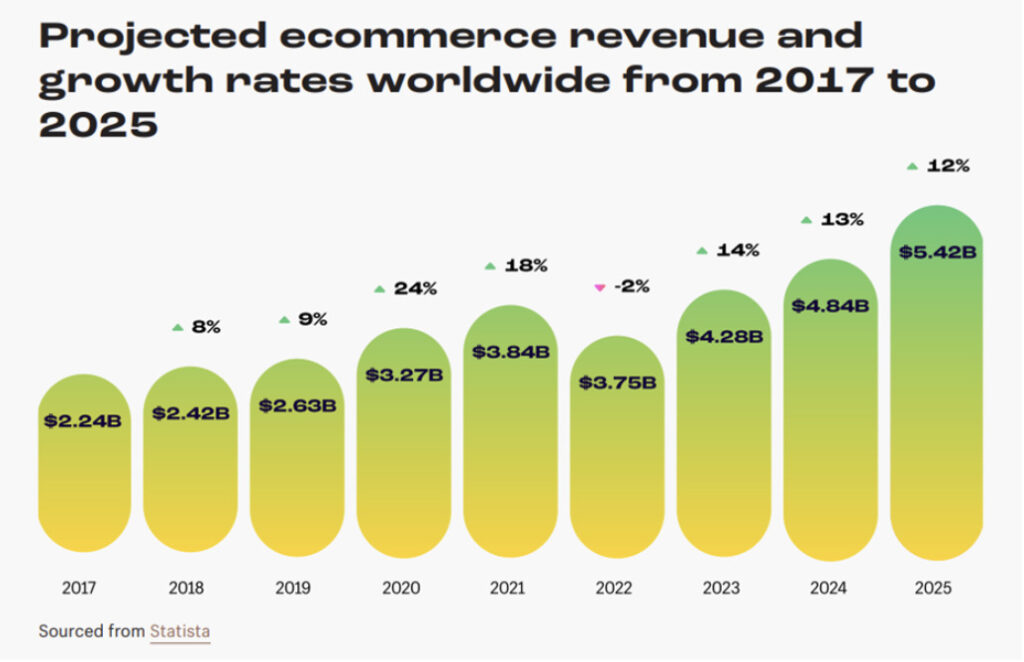
The pandemic acted as a catalyst for digitisation and now quick delivery, a humongous variety of goods offered for sale and a seamless online experience is the want of every consumer.
In 2020, Statista revealed that 31% of e-commerce dollars spent by consumers in the US were spent through mobile phones. This is a clear indicator that the power of e-commerce is enormous and that to operate a flourishing and thriving business, it is essential for firms to customise an easy-to-navigate, seamless and convenient mobile interface for their customers.
According to a study by eMarketer, more than 71% of consumers worldwide switched brands at least once in the period between May 2021 to May 2022. This accurately proves that with the rise of online shopping, consumers have realised the wide range of choices available to them and in today’s economic climate they are more than ready to exercise this freedom of choice.
According to the Next in Personalisation Report of McKinsey, 71% of customers expect more personalised interactions. Three out of four customers opted for a new store, product or payment method during the pandemic. 41% broke brand loyalty in favour of newer alternatives. This intel depicts that consumers are well aware of their rights and prefer to opt out of their go-to brands if another brand is providing a newer, more convenient service.
Arthur F Sheldon rightly remarked, “He profits most who serves best”
Customers base their perception of a product and their decision to purchase on online reviews. Often, most customers are swayed more by customer reviews than by personal recommendations. According to Trustpilot 9 out of 10 customers undertake the effort to examine the reviews before purchasing a product online.
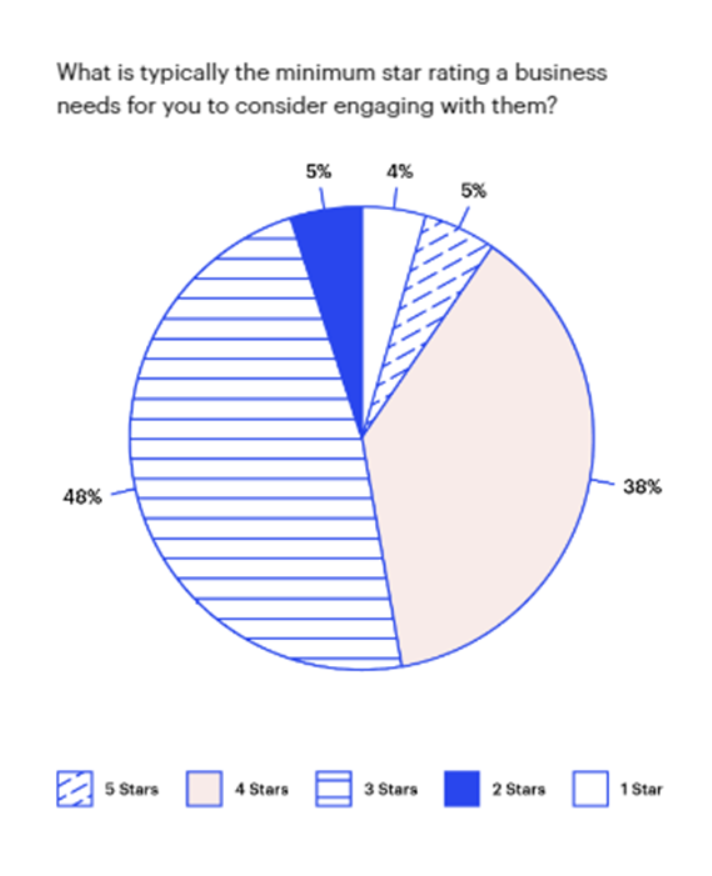
According to a survey by Podium, around 38% of customers seek at least a 4-star rating to even consider engaging with them. Only a meagre 9% of customers will consider a purchase from a business having 1- or 2-star reviews. It is, perhaps, because of these statistics that the number of fake/ censored reviews provided on various platforms is escalating. It might be why customer reviews undergo intense scrutiny by potential buyers when evaluating a product’s legitimacy. Earmarketer states that around 62% of customers are more willing to buy a product if they can view the photos or videos of previously confirmed buyers.
It truly is the era of the World Wide Web! Approximately, there are around 5.07 Billion Internet users spanning across the globe and among these 4.74 Billion also avail the opportunity of social media.
You might be tempted to ponder how companies are wielding this weapon of knowledge?
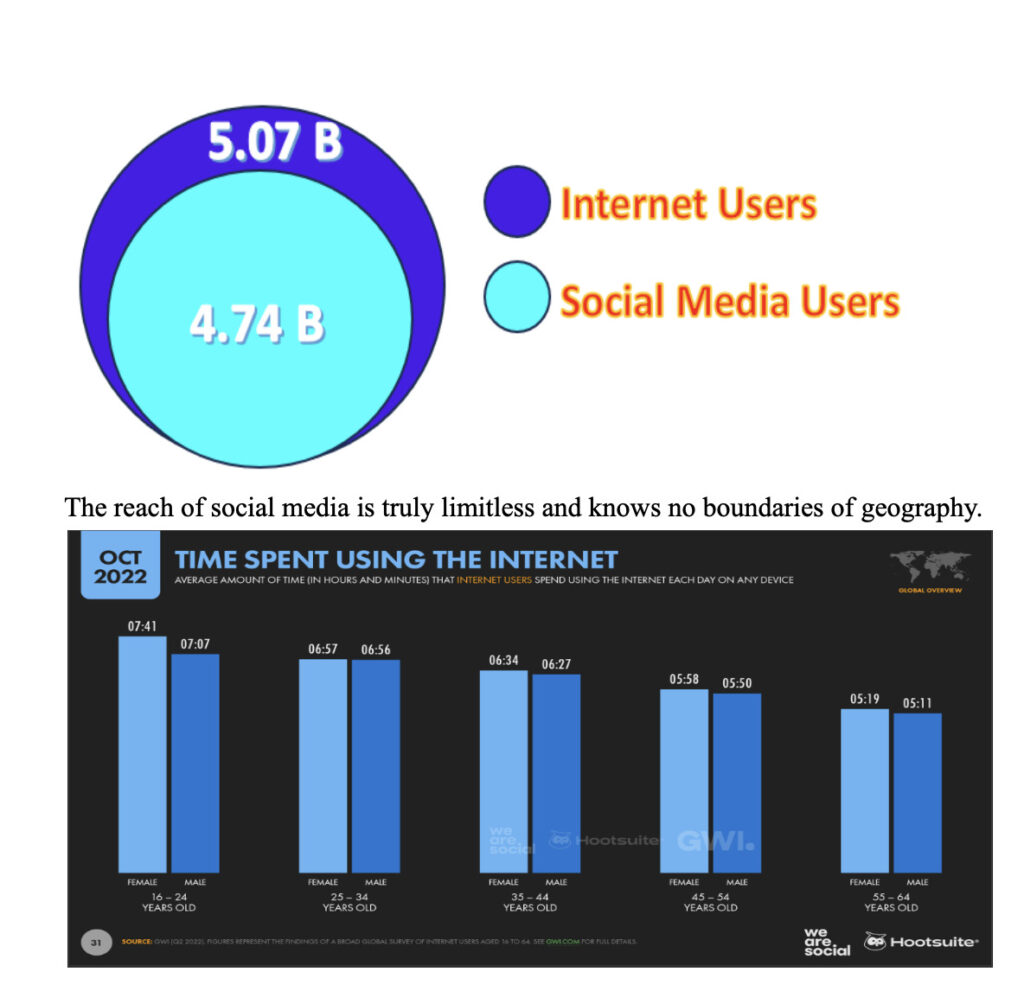
The reach of social media is truly limitless and knows no boundaries of geography.
Every month approximately 95% of working-age users of the internet visit social media. Gen Z uses social media to dig for brands more often than they use search engines. The Harris Poll stated that a positive social media experience directly translates into sales, noting that 78% are more susceptible to buy from brands where they had a positive social media experience, 77% will choose the product over that of the competition and consequently 72% will increase their spending. According to Marketing Drive, 9 out of 10 people purchase products from brands they follow on social media.
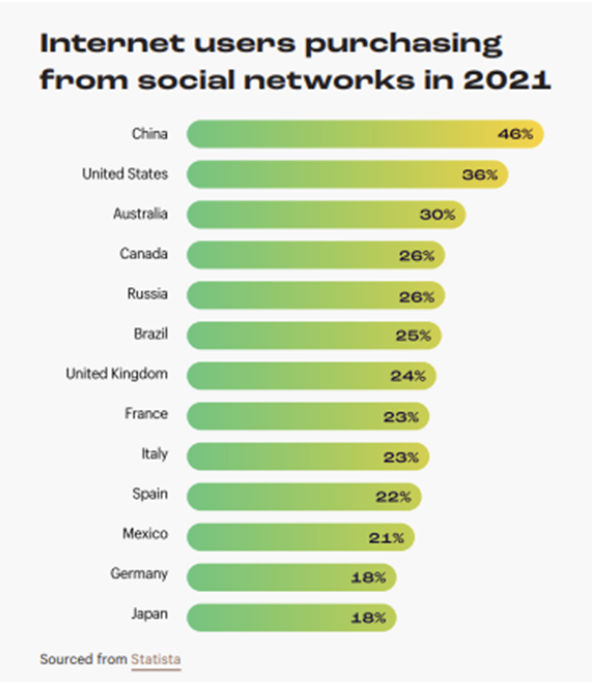
Now, even companies have realised the infinite power and potential of social media and the importance of seizing this opportunity.
According to DataReportal, the expenditure of advertisement reach has been rising exponentially across all platforms. Serena Williams famously said, “Everything comes at a cost. Just what are you willing to pay for it?”. Indeed, this reach comes at the cost of surging advertisement costs for companies.
Statista in its study revealed that expenditure on social media ads increased by more than 38% between 2020 and 2021 and rose to almost $230 million in 2022. DataReportal in its April Global Statshot Report disclosed that the cost per ad impression (CPMs) rose by 15% year over year in the second quarter of 2022.

Twilio’s Annual State of Consumer Engagement Report, emphatically proclaimed that 98% of businesses reported that video communication to customers accelerated their growth more than any other mode of communication. This trend is understandable given the massive and consequential domination of apps like TikTok, Instagram Reels, YouTube Shorts etc. The Nielsen Global Authenticity Report commissioned by TikTok revealed that 83% of its users prefer to see video advertisements over promotional text posts or gifs. Customer engagement through these channels is no longer a “trend” but a vital and irreplaceable part of business operations. In a world where cart abandonment rates are high and customer loyalty is harder to earn than ever before, businesses turn to social media to level out the playing field.
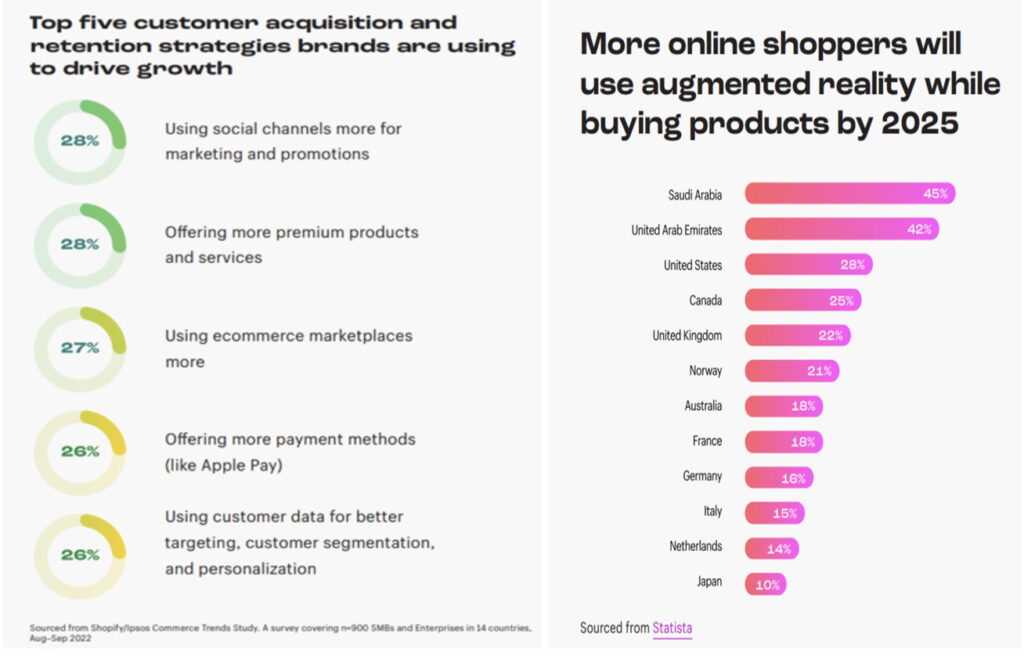
However, the question remains- Is convenience, speed, legitimacy and the availability of omni channels all the consumers are looking for? Certainly not! Twilio feels that the customer’s patience for impersonal experiences is dwindling day by day. Every week, approximately, one billion consumers are messaging brands through the platforms of WhatsApp, Messenger, Instagram etc. to demand assistance or to inquire. Businesses are not ignorant of this fact. In Q2 of 2022, WhatsApp Business was among the Top 10 most downloaded apps and Telegram reached the mark of 700 million active users.
According to Twilio’s Annual State of Consumer Engagement Report, 66% of consumers inform that they will leave a brand if the experience isn’t personalised.
At the same time, customers want a speedy transition into a cookie-less future. However, the brands are not prepared for the commitment a “cookie-less” future would require. Consumers are desirous of a personalised experience built on zero-party and first-party data. However, Twilio divulges that 81% of brands are still reliant on third-party data and only 60% of brands are prepared for a world where using third-party data is not an option.
Undeniably, one of the key ingredients of building consumer trust in business is being more transparent about how consumer data is used and ensuring data privacy. 98% of consumers want brands to do more than their current effort to guarantee the privacy of their data.
In conclusion, consumer habits and business strategies have undergone a drastic transformation. The shift to e-commerce was only accelerated by the COVID-19 pandemic, forever cementing online shopping as a lifestyle choice rather than a temporary one. The demand for impeccable consumer experience and extensive options necessitates businesses to prioritise user-friendly interfaces and adapt to the fluidity of brand loyalty. In this era of connectivity and empowerment, businesses must embrace innovation, transparency, and a customer-centric approach to carve out a lasting presence in the ever-evolving landscape of digital commerce.
References :
By Mansi Mishra
Also Read:
PLAYING THE MARKET: STOCKS OR SLOTS-Deciphering the fine line
Playing the market: Stocks or Slots?Deciphering the Fine line The world of finance, the stock …
Unlocking the Potential: A Comprehensive Analysis of the IMEEEC
Unlocking the Potential: A Comprehensive Analysis of the India-Middle East-Europe Economic Corridor (IMEEEC) Abstract The …
Why we vote the way we do? – Economics of Politics
Why we vote the way we do? – Economics of Politics ABSTRACT Did this thought …
